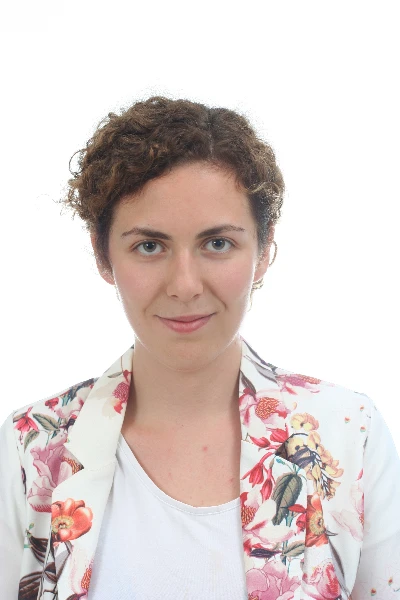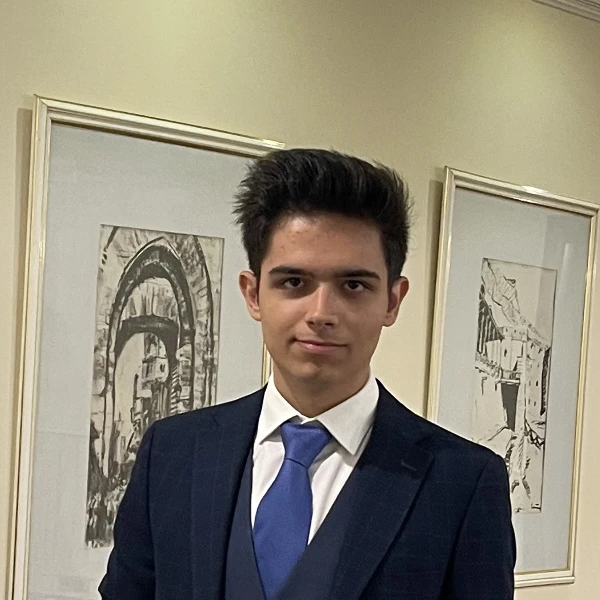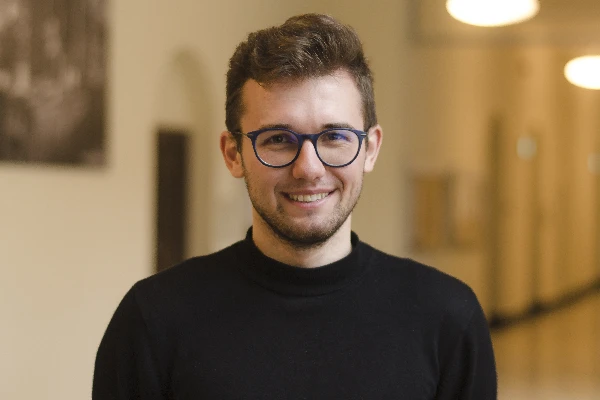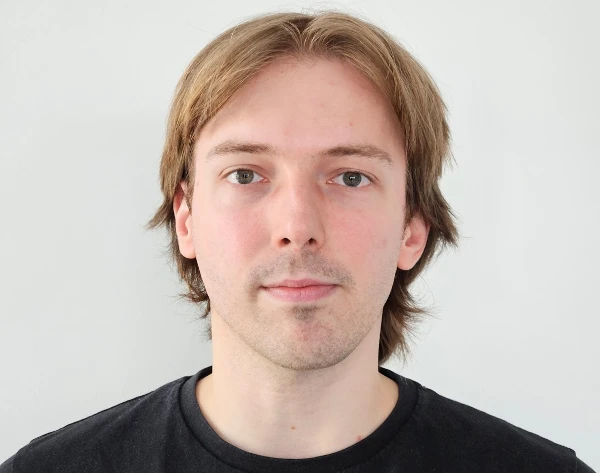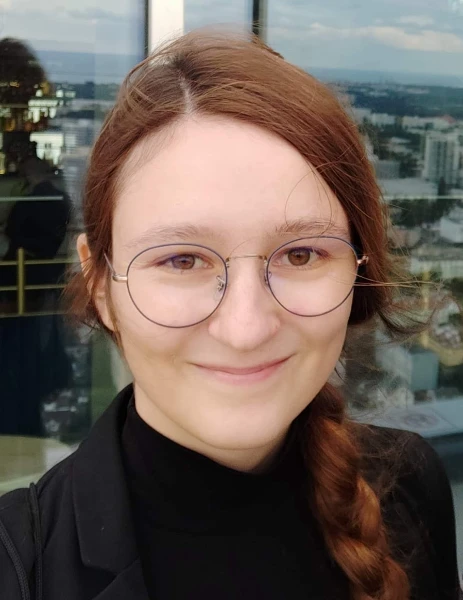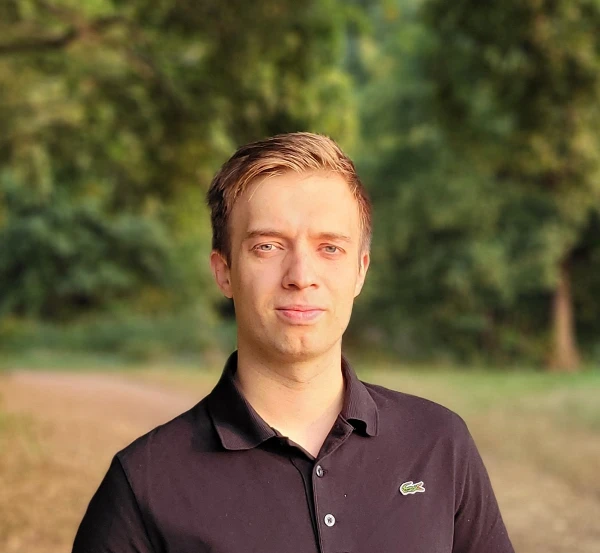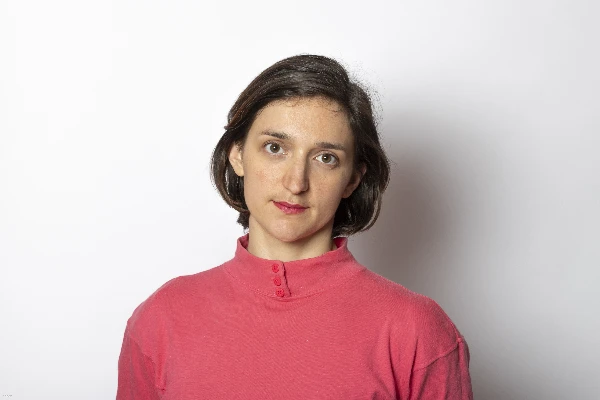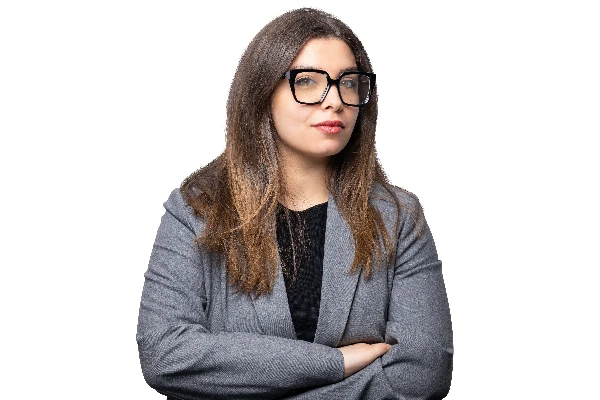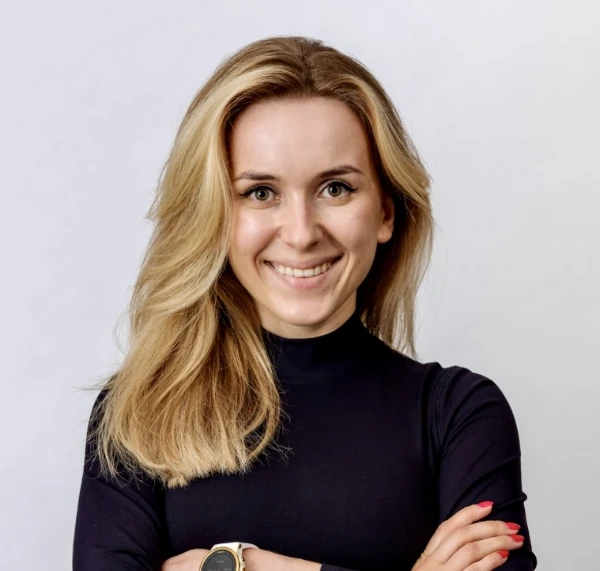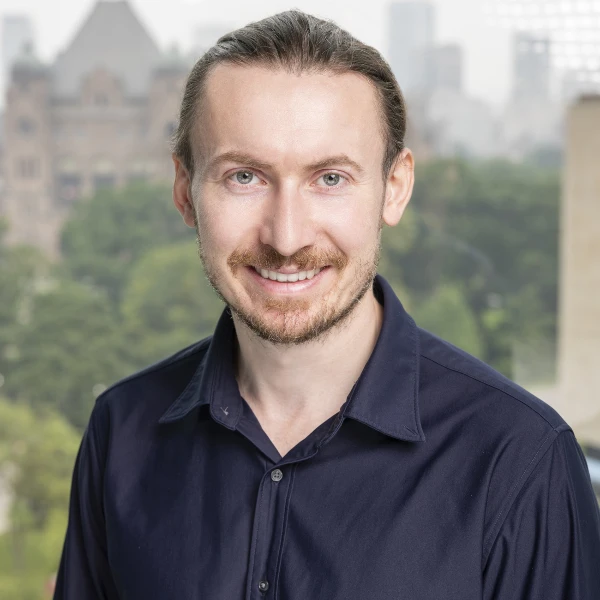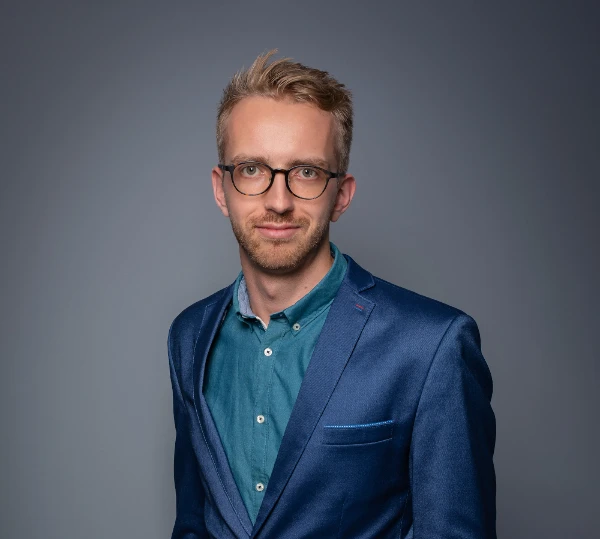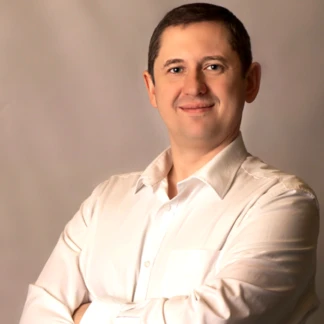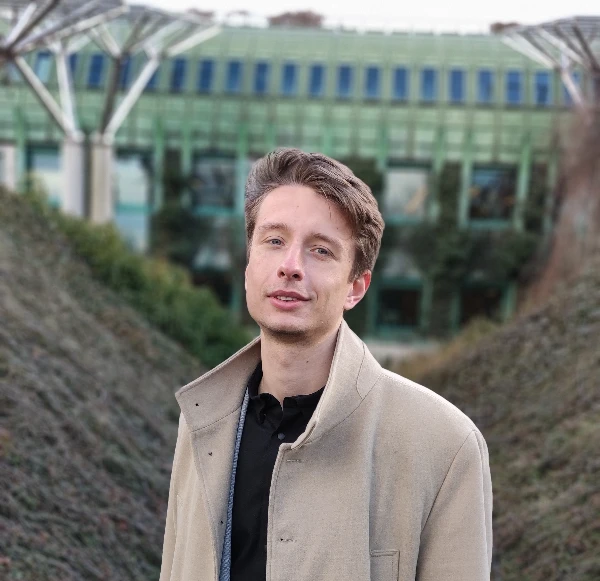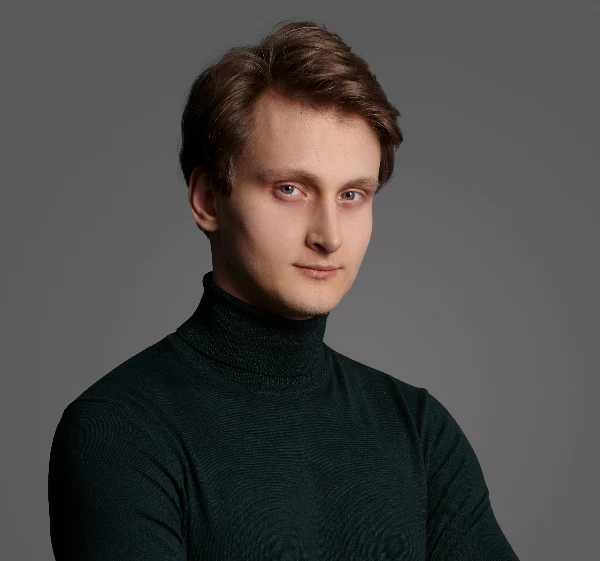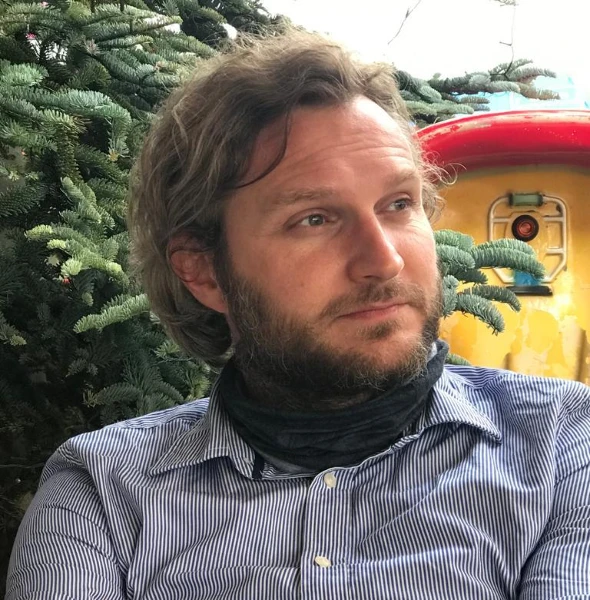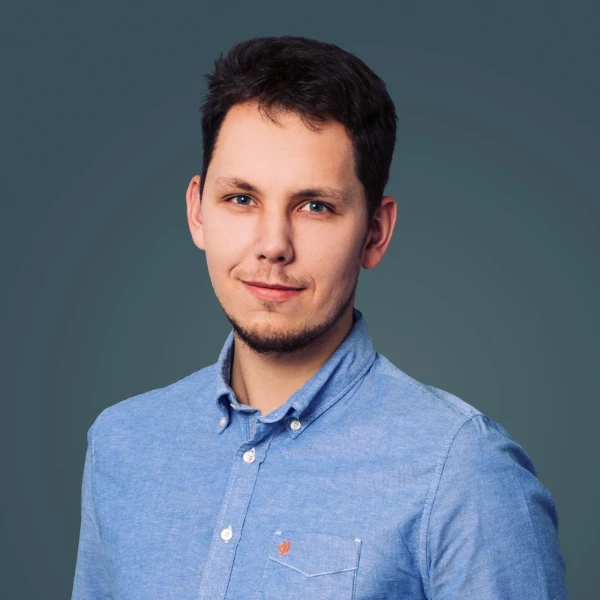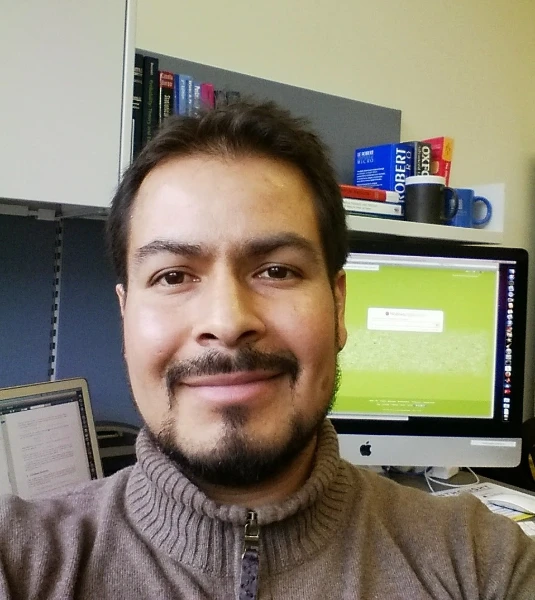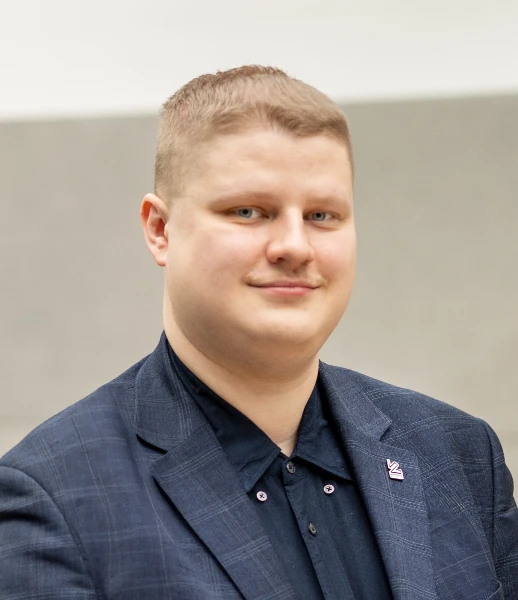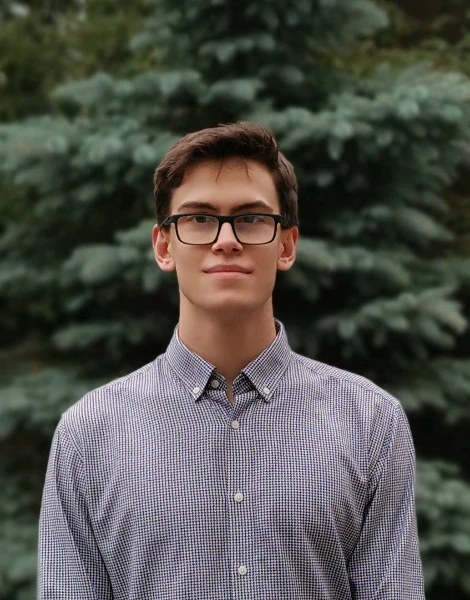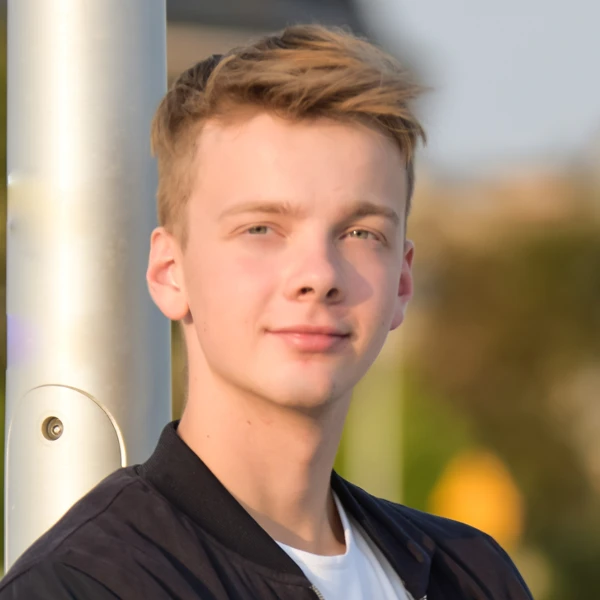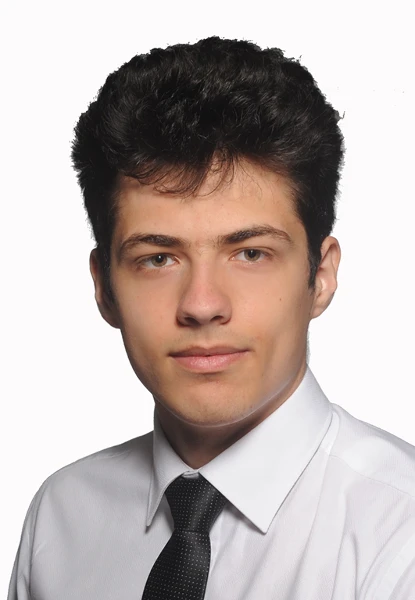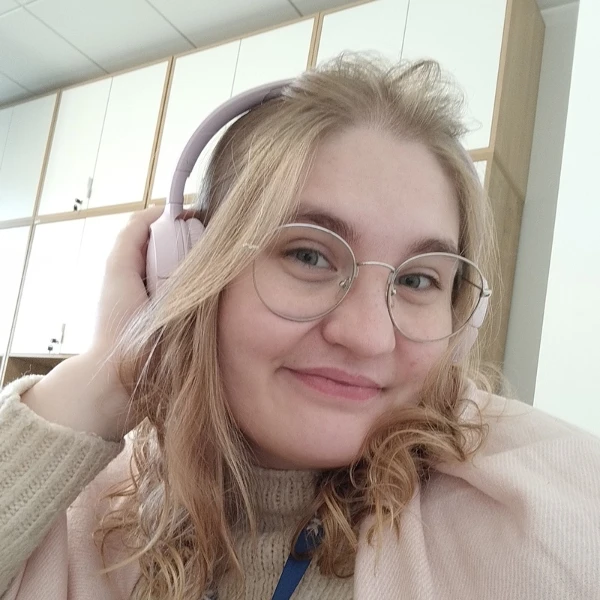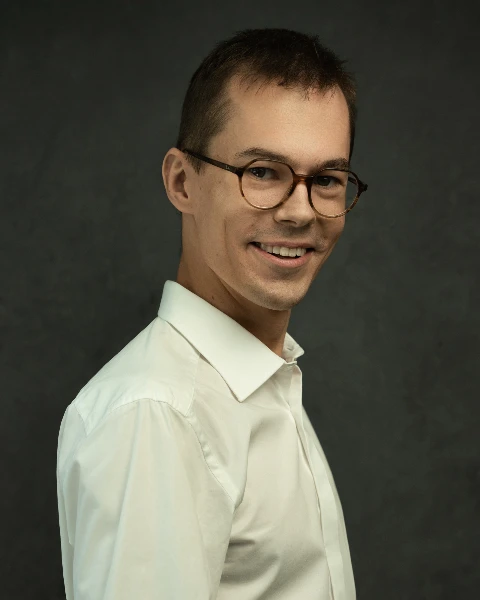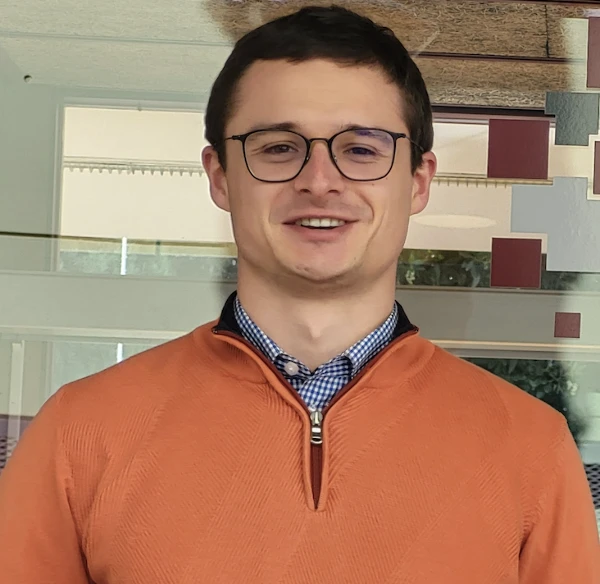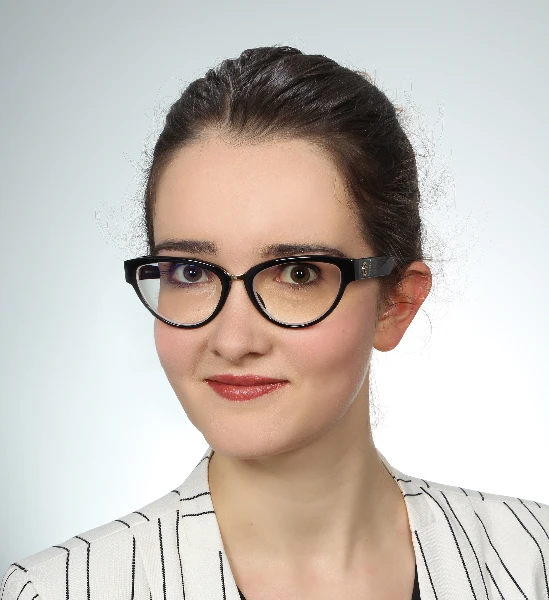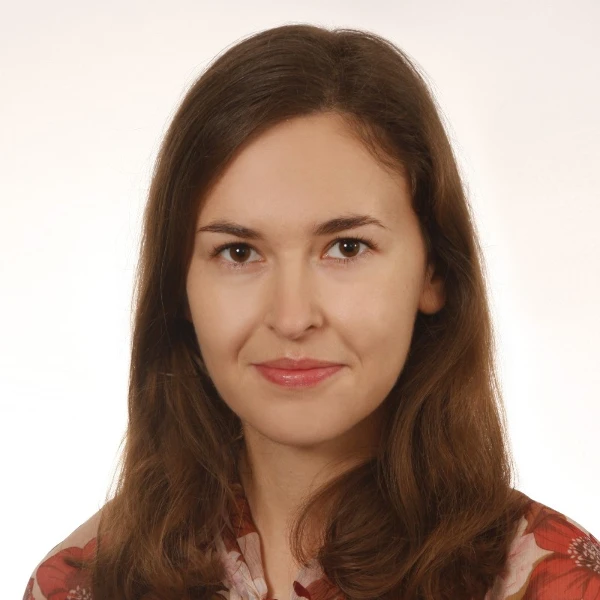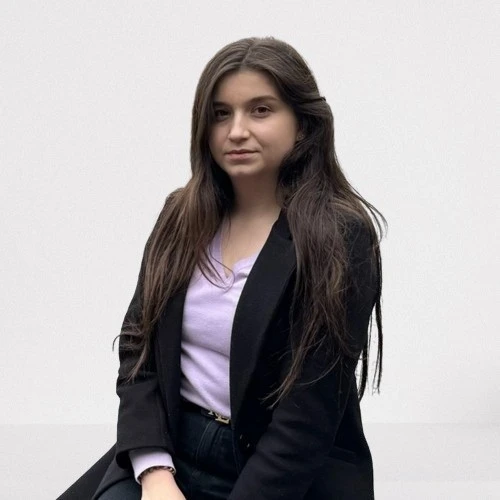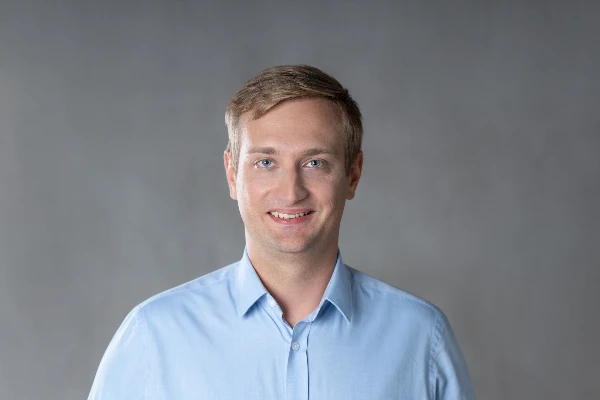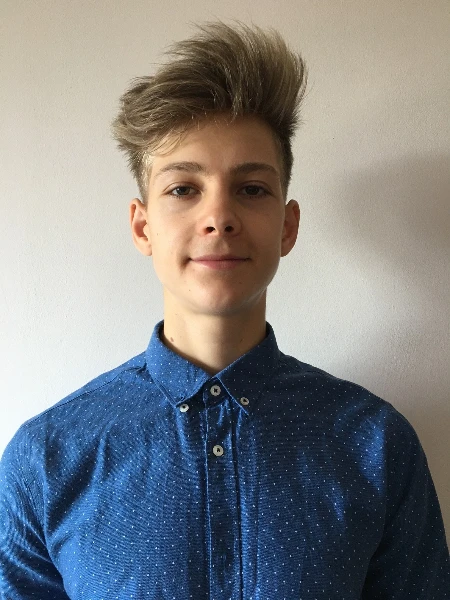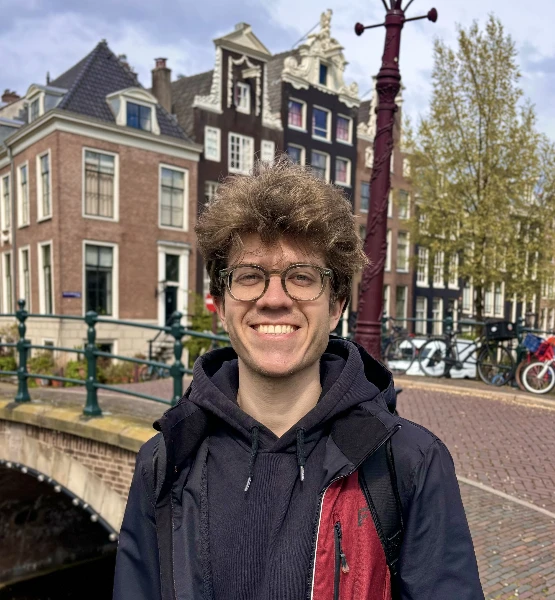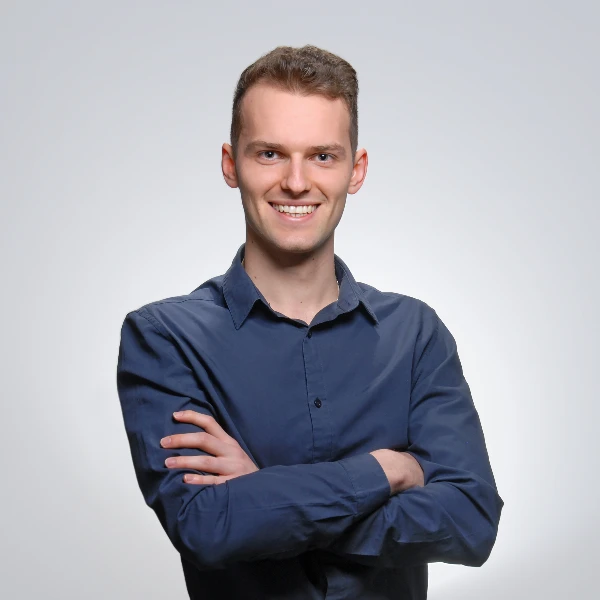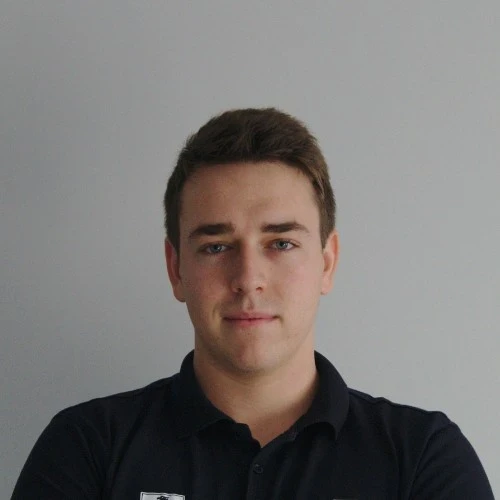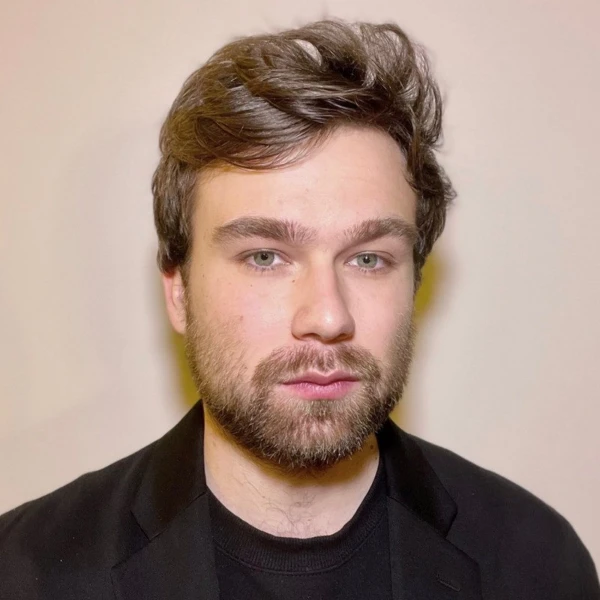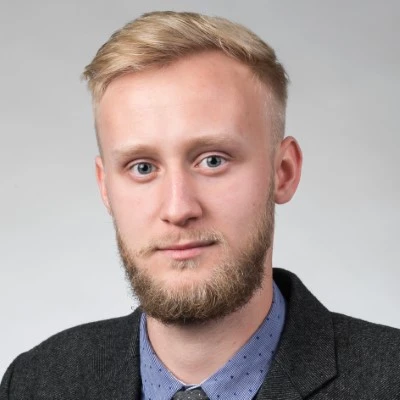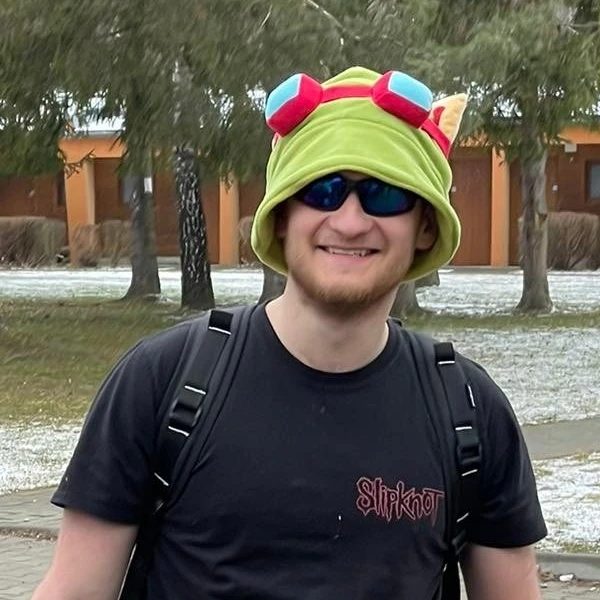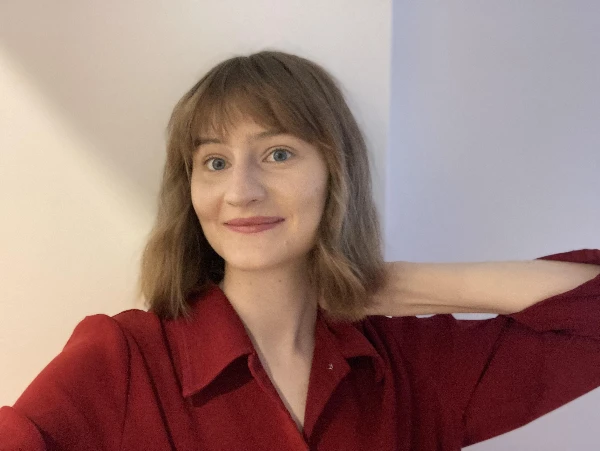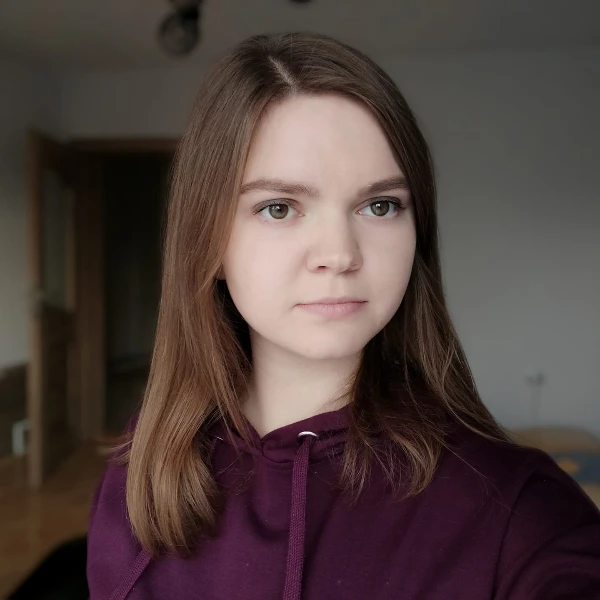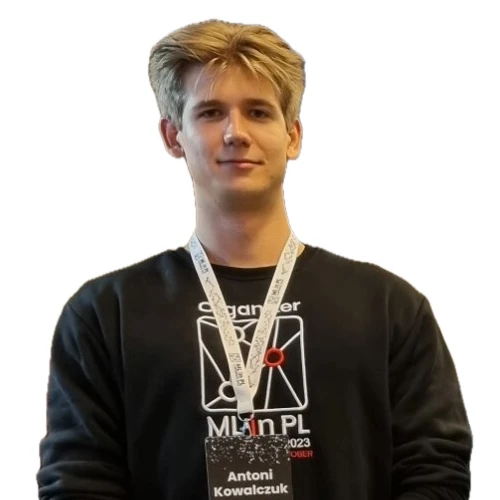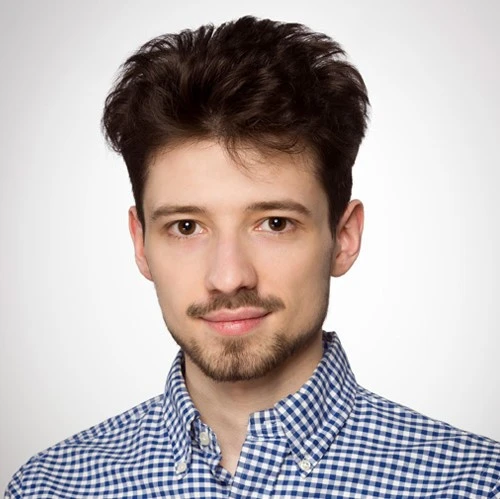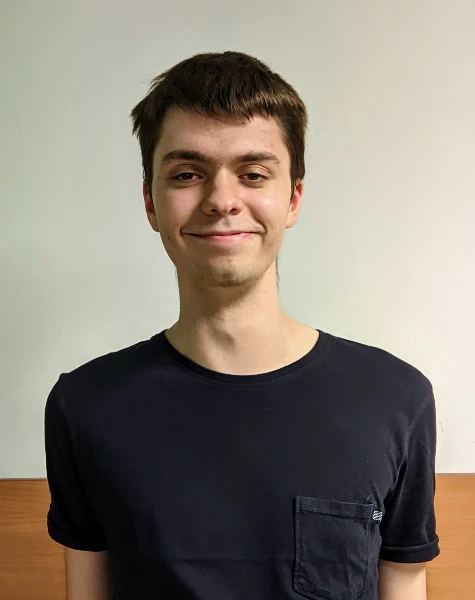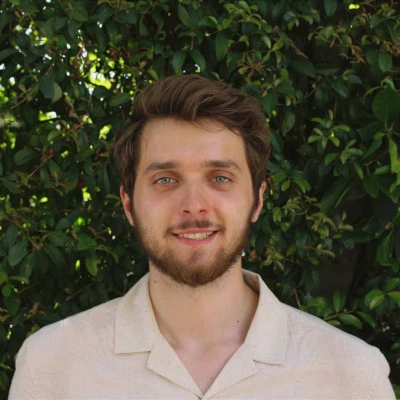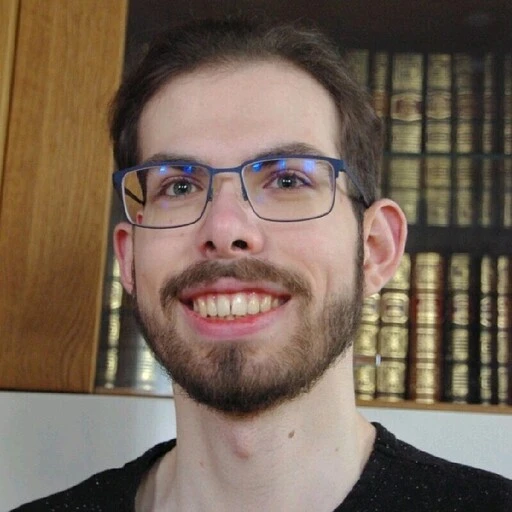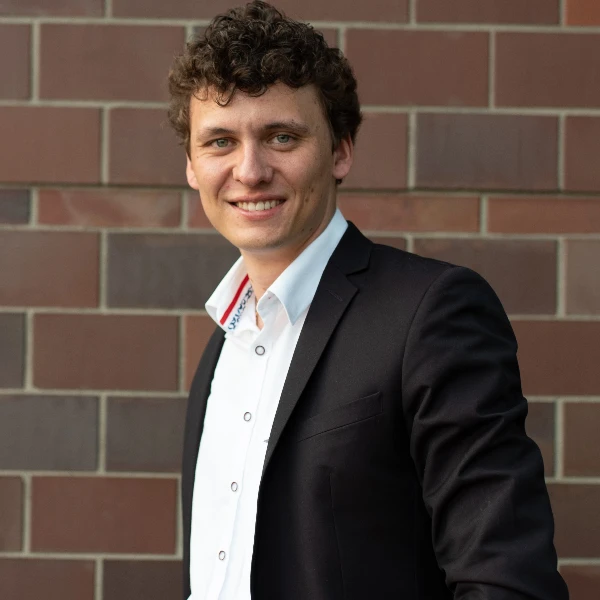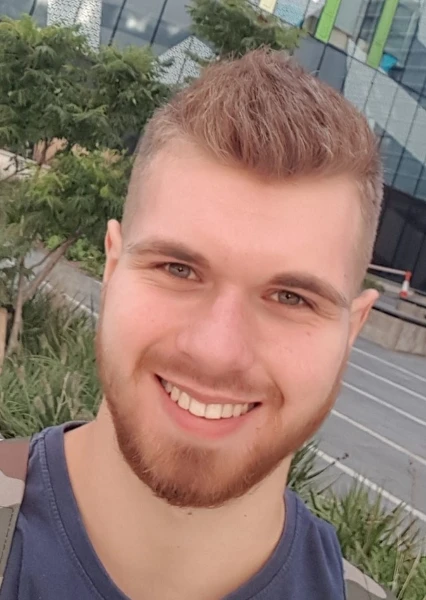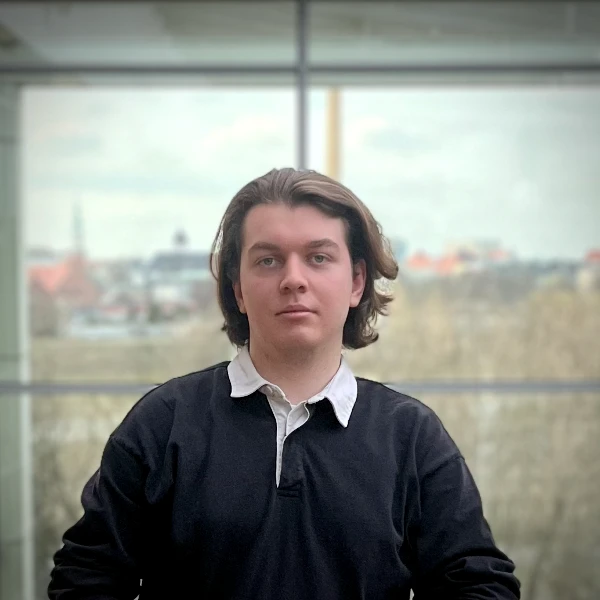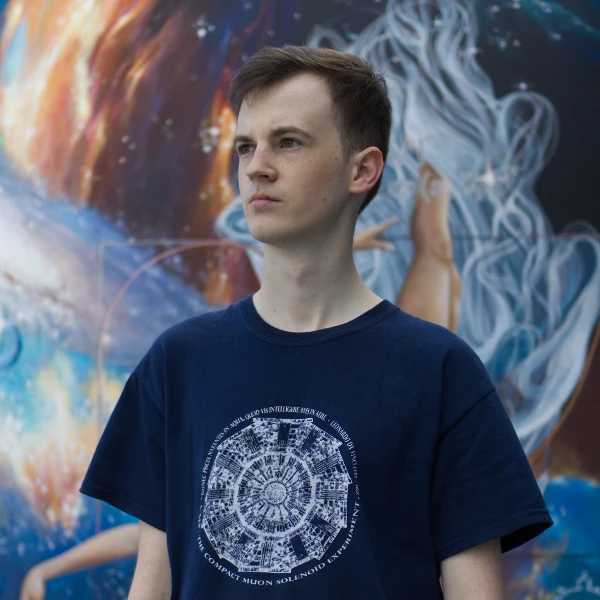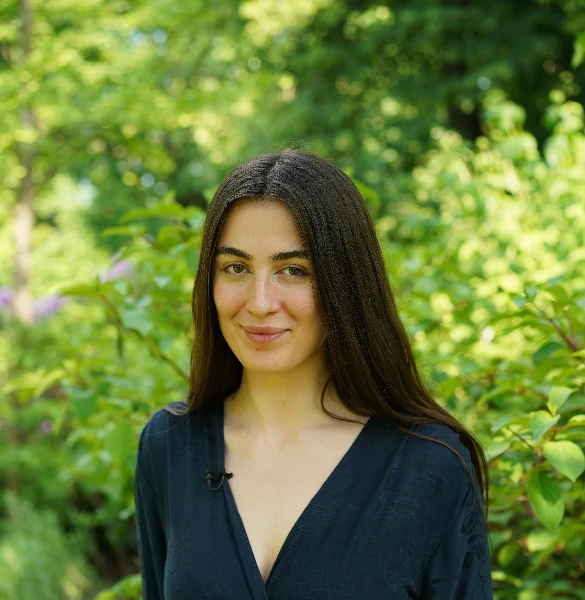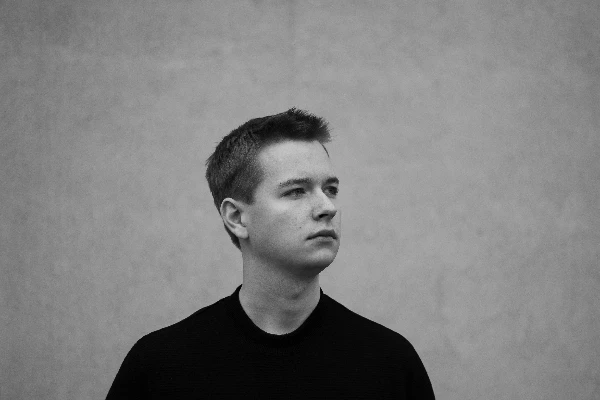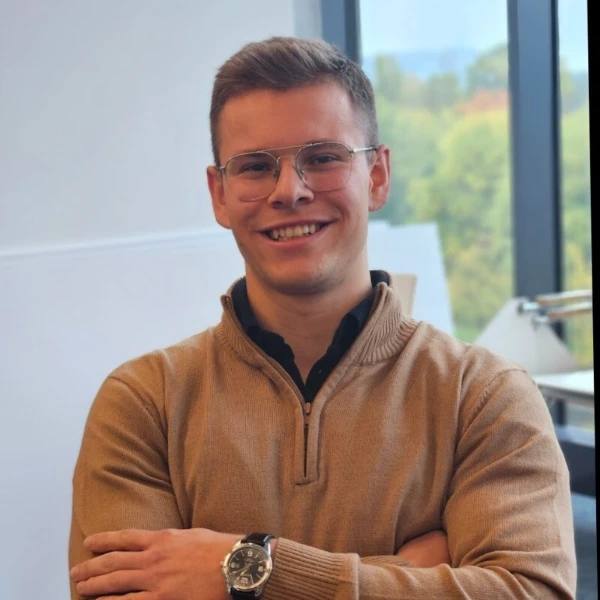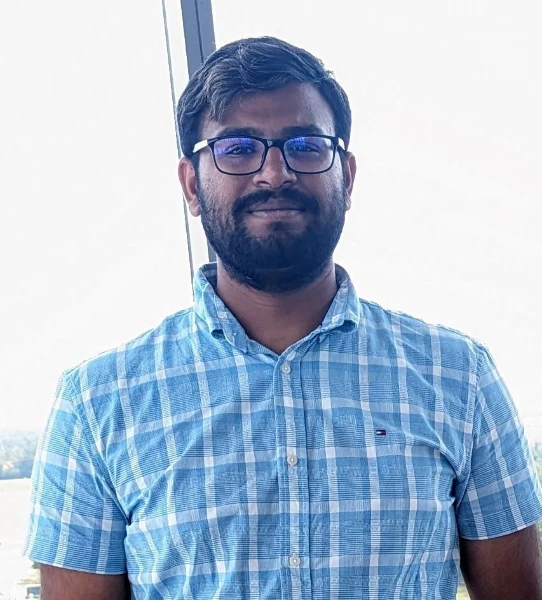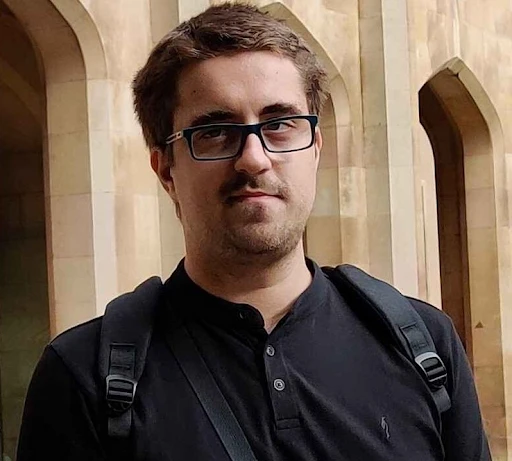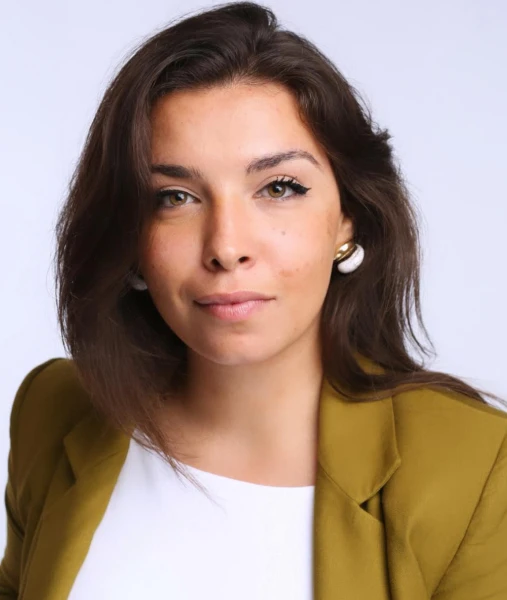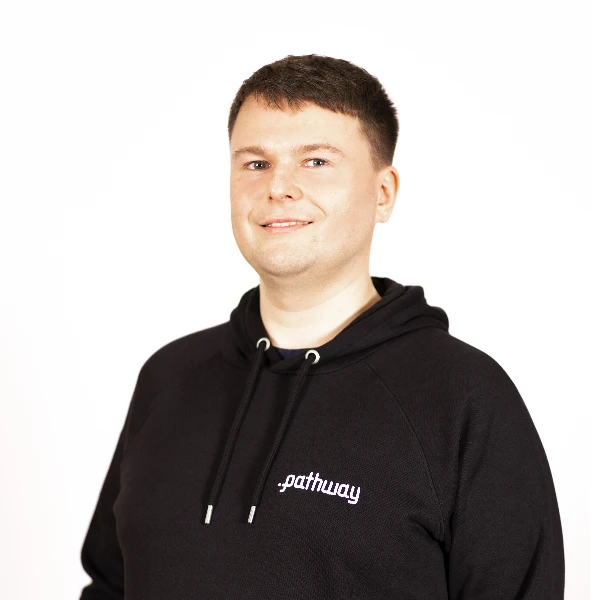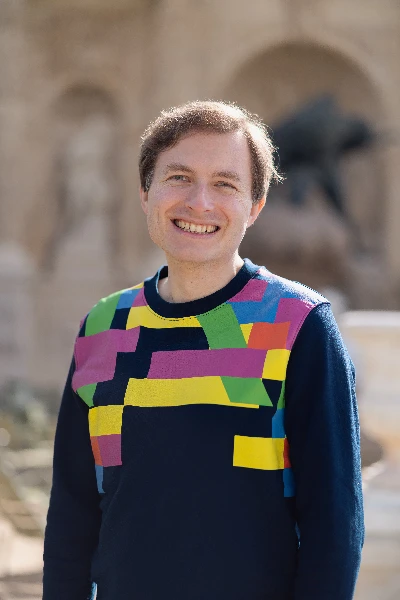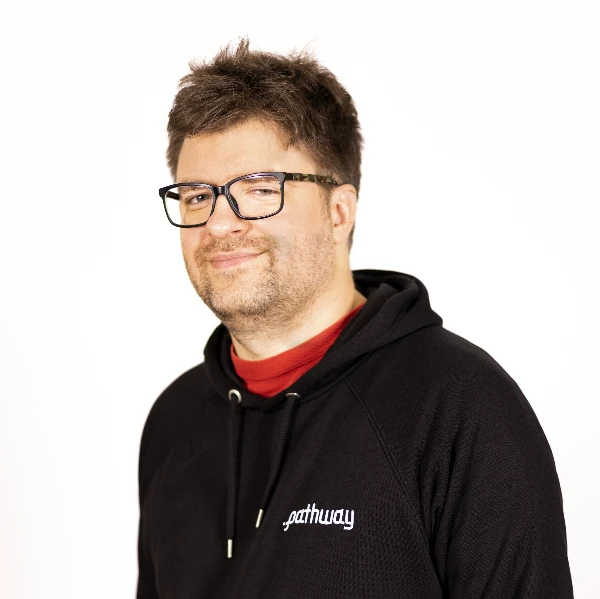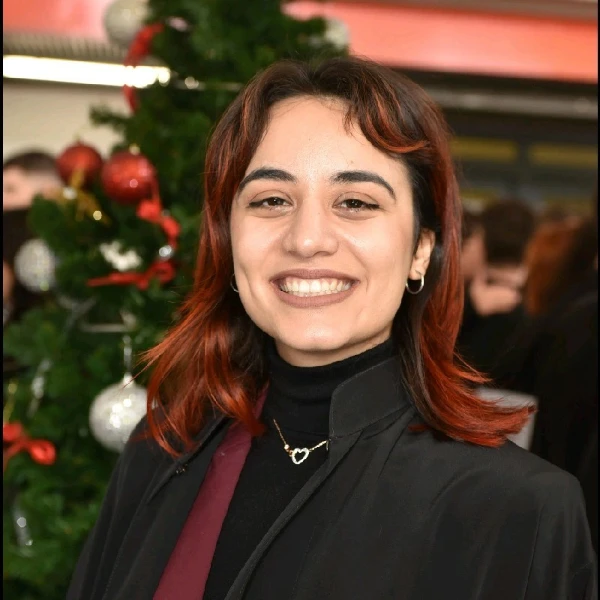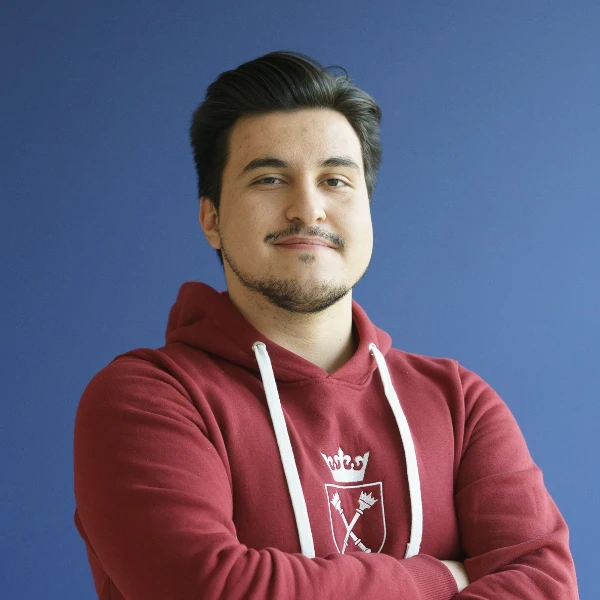/ Discussion Panels
Discussion Panel 1: AI in Law
Thursday / 7 November 14:45 - 15:45 Main Lecture Hall
Join us for the "AI in Law" panel, where we would like to explore the influence of artificial intelligence on the legal sector. During discussion we will delve into the potential role for AI-driven technologies and their promise to increase access to justice as well as challenges for responsible AI adoption.

Gabriela Bar
Founder of the Gabriela Bar Law & AI firm, an experienced expert in the field of new technology law and the law and ethics of Artificial Intelligence (AI), researcher, member of Women in AI, recognised in Forbes’ list of the 25 Best Business Lawyers (2022) and the TOP100 Women in AI in Poland (2022). Member of the IEEE Legal Committee within the IEEE Global Initiative on Ethics of Autonomous and Intelligent Systems, the Association for New Technology Law, and the FBE New Technologies Commission. Teaches at several universities, actively participates in scientific conferences and industry seminars. Author of numerous publications in the field of AI, digital services, and personal data protection. Lawyer in EU projects: Smart Human Oriented Platform for Connected Factories – SHOP4CF, Multi-Agent Systems for Pervasive Artificial Intelligence for assisting Humans in Modular Production Environments – MAS4AI, and an independent AI ethics expert in the EXTRA-BRAIN project.
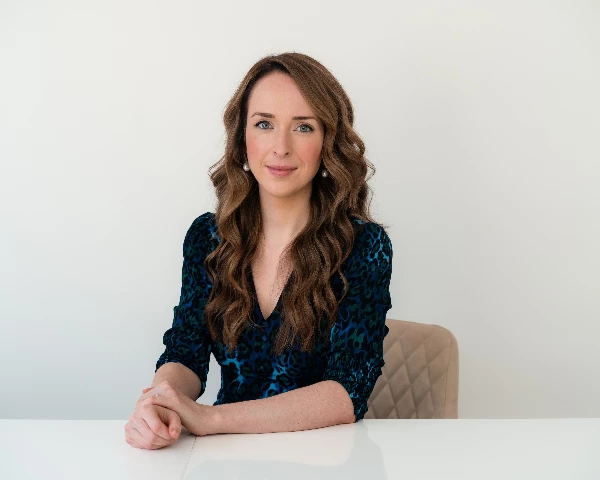
Natalie Byrom
Dr Natalie Byrom is a researcher and policy adviser with expertise in justice system reform, AI, data-driven technologies and justice data governance. She has a track record of leading high-quality research and translating this into policy impact. Between 2018 and 2020 Dr Byrom was seconded to the UK Ministry of Justice as expert adviser on data in the context of an ongoing £1bn programme of digital court reform. She has also completed projects for the OECD and the Law Society of England and Wales on justice data and AI. Dr Byrom has given evidence to a number of parliamentary committees including the Justice Select Committee and the House of Lords Constitution Committee on issues relating to justice system reform, data collection and governance. Her writing on these issues has been published in the legal and national press. She is part of the BBC Expert Women Network, holds several public appointments, and is an Honorary Senior Research Fellow at UCL Faculty of Laws

Michał Jackowski
Prof. Michał Jackowski - Executive MBA at ESCP Europe, International Cooperation Leader of the AI Working Group at the Ministry of Digitital Affairs, member of Plenary Group drafting LLM Code of Practice for EU AI Office, law professor (SWPS University), attorney and tax advisor with over 20 years of experience as an entrepreneur. Advisor and representative of the technology industry in difficult legislative processes. Co-founder of DSK Law Firm - a law and tax firm specializing in advising the IT sector, and co-founder of innovative startups AnyLawyer and LexDigital. Arbitrator of the arbitration court at the Polish Chamber of Information Technology and Telecommunications. Advisor and representative of the technology industry in difficult legislative processes. Author of several books and numerous scientific publications in the field of law. A promoter of knowledge at the intersection of law and AI - he hosts the Monday Bagel podcast on YT, where he regularly publishes interviews with scientists, legal practitioners and AI experts. Privately - he is a marathon runner and skier, and enjoys reading books - especially about digital transformation in the future, medieval history and Asian culture.
Discussion Panel 2: Career Paths in ML
Friday / 8 November 12:20 - 13:20 Main Lecture Hall
Join us for the "Career Paths in Machine Learning" panel, where we will explore the critical decisions and turning points in the careers of machine learning professionals. This discussion will delve into the important choice between pursuing a career in industry or academia.
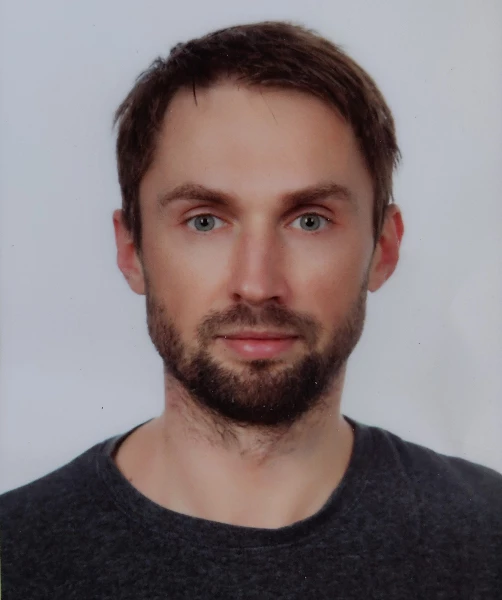
Bartłomiej Twardowski
IDEAS NCBR, Computer Vision Center UAB
Bartłomiej Twardowski is a Research Team Leader at the IDEAS NCBR and a researcher at the Computer Vision Center, Universitat Autònoma de Barcelona. His research interests focus on computer vision and continual learning of neural networks. He earned his Ph.D. in 2018, focusing on recommender systems and neural networks. Following his doctoral studies, he served as an assistant professor at Warsaw University of Technology in the AI group for 1.5 years before deciding to join the Computer Vision Center, UAB, for a post-doctoral program. He has been actively involved in various research projects related to DL/NLP/ML (ranging from €40k to €1.4M). He is a Ramón y Cajal fellow. He has a wide industry experience (more than 12 years), including international companies, e.g., Zalando, Adform, Huawei, Naspers Group (Allegro), as well as helping startups with research projects (Sotrender, Scattered). Throughout his career, he has had the opportunity to publish papers in prestigious conferences such as CVPR (2020, 2024, 3 papers), NeurIPS (2020, 2023), ICCV (2021, 2023), ICLR (2023, 2024), and ECIR (2021, 2023). Additionally, he has served as a reviewer for multiple AI/ML conferences, i.e., AAAI, CVPR, ECCV, ICCV, ICML, WACV and NeurIPS. Currently, his research primarily focuses on lifelong machine learning in computer vision, efficient neural network training, transferability and domain adaptation, as well as information retrieval and recommender systems.
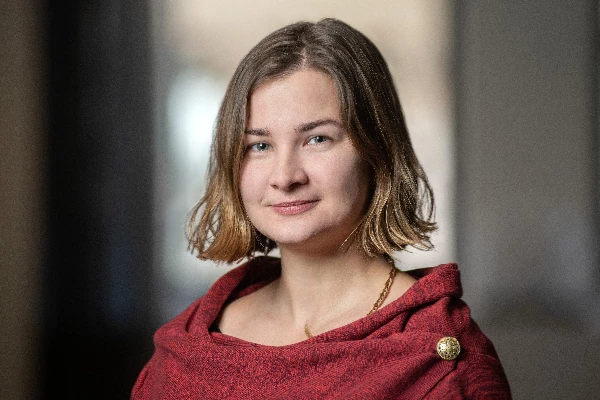
Anna Dawid
Leiden University
Ania is an assistant professor at the Leiden Institute of Advanced Computer Science (LIACS) at Leiden University in the Netherlands, happily playing with interpretable machine learning for science, ultracold platforms for quantum simulations, and the theory of machine learning. Before joining LIACS, she was a research fellow at the Center of Computational Quantum Physics of the Flatiron Institute in New York. In 2022, she defended her joint Ph.D. in physics and photonics under the supervision of Prof. Michał Tomza (Faculty of Physics, University of Warsaw, Poland) and Prof. Maciej Lewenstein (ICFO – The Institute of Photonic Sciences, Spain). Before that, she did an MSc in quantum chemistry and a BSc in biotechnology at the University of Warsaw. Ania is the first author of the book "Machine Learning in Quantum Sciences" by Cambridge University Press (in press). She is also a 2022 FNP START laureate, awardee of two NCN grants, and one of the selected participants in the Lindau Nobel Laureate Meeting in 2024.

Tomek Korbak
UK AI Safety Institute
Tomek Korbak is a Senior Research Scientist at the UK AI Safety Institute working on safety cases for frontier models. Previously, he was a Member of Technical Staff at Anthropic working on honesty. Before that, he did a PhD at the University of Sussex focusing on RL from human feedback (RLHF) and spent time as a visiting researcher at NYU working with Ethan Perez, Sam Bowman and Kyunghyun Cho. He studied cognitive science, philosophy and physics at the University of Warsaw.
Discussion Panel 3: AI in Medicine
Saturday / 9 November 16:10 - 17:10 Main Lecture Hall
Join us for a panel discussion on "AI in Medicine", where we will delve into the influence of artificial intelligence on the healthcare sector. The focus areas are practical applications of AI in clinical settings and the role of AI in expediting research breakthroughs across medicine and biology.

Anna Gambin
University of Warsaw
Professor Anna Gambin is deputy dean for research and international cooperation at the Faculty of Mathematics, Computer Science and Mechanics at the University of Warsaw (term 2016-2024). In her scientific work she deals with mathematical modeling of molecular processes and efficient algorithms for the analysis of biomedical data. Recently, her research is focused on computational methods supporting medical diagnostics based on genomic and proteomic data. She is the author of over 100 scientific publications and, to date, has supervised 13 PhDs in computational biology.

Wouter Bulten
Aiosyn
Wouter is the Chief Operation and Product Officer (COO & CPO) of Aiosyn. At Aiosyn he works on precision pathology for cancer and kidney diseases using AI. Wouter studied Artificial Intelligence and worked as a software engineer and data scientist. He holds a Ph.D. in computational pathology with a focus on using artificial intelligence for clinical diagnostics. Wouter’s research showed that AI algorithms could grade prostate cancer on the level of experienced pathologists and actively assist pathologists in performing better diagnoses. Wouter was also one of the main organizers of the PANDA challenge, collaborating with Karolinska Institute and Google Health. Wouter’s research was published in top journals like The Lancet Oncology and Nature Medicine.

Danielle Belgrave
GSK AI
Danielle Belgrave is a VP of AI/ML at GSK. Her experience spans conducting machine learning research and leading teams across academia and industry focused on scientific discovery and personalising interventions in health. She has previously worked at Google DeepMind, Microsoft Research Cambridge, UK and Imperial College London. She has a BSc in business mathematics and statistics from the London School of Economics and a master’s degree in statistics from University College London. Her PhD was at the University of Manchester in Machine Learning for Healthcare.
Discussion Panel 4: AI Safety
Friday / 8 November 16:00 - 17:00 Main Lecture Hall
Join us for the “AI Safety” panel, powered by ElevenLabs, where we will discuss real-world challenges of building and assessing models for safety, while maintaining top performance. We will explore ways for AI manipulation, as well as automated and human-in-the-loop systems for preventing misuse.

Aleksandra Pedraszewska
ElevenLabs
Aleksandra leads AI Safety Operations at ElevenLabs – the most realistic AI audio tool for generating speech, voices and dubbing of content in 32 languages, with over 1 million users (including TIME, HarperCollins, and nvidia) and $1.1bn valuation. She is responsible for ensuring that ElevenLabs’ products are developed, deployed, and used in a safe way, maximising audio AI's transformative potential. Aleksandra has extensive operational experience, having directed a venture-backed deep tech company for 7 years, and holds an MPhil in Technology Policy from Cambridge Judge Business School, and a BA from the University of Cambridge. She supports IP-driven companies as an Entrepreneur-in-Residence at Cambridge and a mentor at Conception X.

Anna Bialas
Cohere
Anna is a Machine Learning Engineer at Cohere, a provider of foundational LLM models for enterprise customers. Her work focuses on post-training techniques to customize models and ensure safety, consistency, and accuracy, while also designing evaluation frameworks to assess model performance. Previously, she worked as a Quant at Goldman Sachs and as a Natural Language Data Scientist at Harvard Business School. Anna holds a Bachelor's degree in Computer Science from Oxford University and a Master's in Data Science from Harvard University. Her research on adversarial attacks on large language models was featured at ICML 2023.
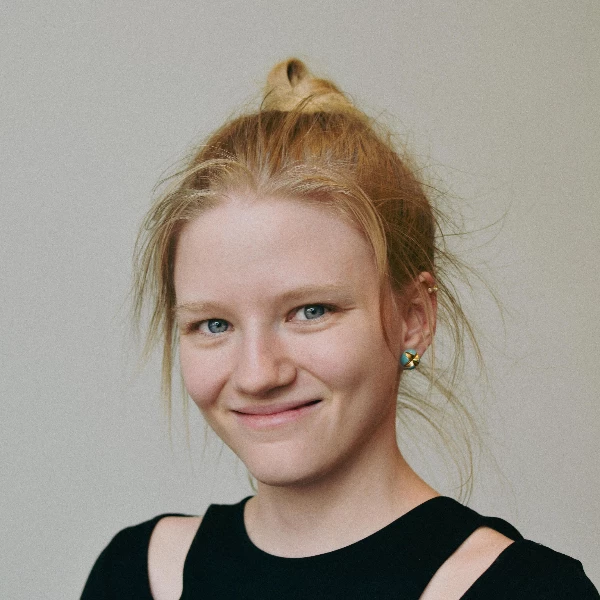
Julia Bazinska
Lakera AI
Julia is a Machine Learning Engineer at Lakera AI, developing their core product. Lakera AI is a frontrunner in AI security, known for empowering developers to build secure AI applications with Lakera Guard, which protects against prompt injections, data leaks, and other risks. Her career trajectory includes internships at Google, DeepMind, and IBM Research. Julia earned her Bachelor's degree in Computer Science from the University of Warsaw and completed her Master's at ETH Zurich in 2023. Her professional interests are in Machine Learning for Natural Language Processing, AI security, and performance optimization of ML systems.
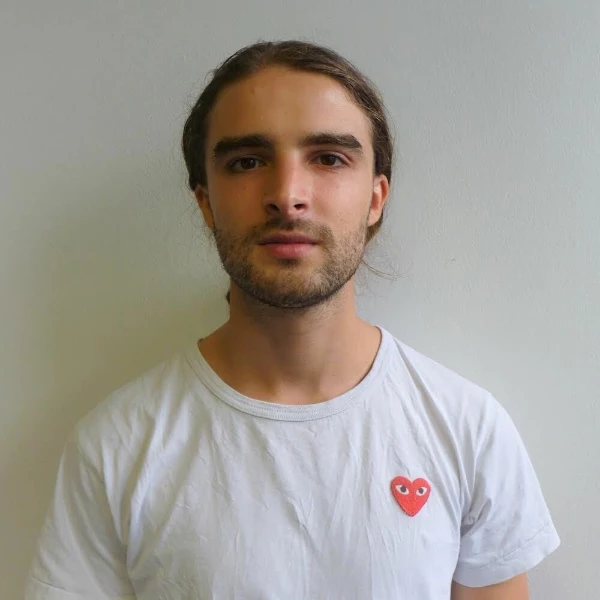
Matija Franklin
OpenAI
Matija is an AI Safety Researcher who has worked with OpenAI, DeepMind, the AI Objectives Institute, ContextualAI, and Mercor on advancing methods for collecting human data for post-training, developing evals and benchmarks. His work on AI Manipulation and General Purpose AI Systems has impacted the EU AI Act, and he is currently involved in crafting the Codes of Practice for the EU AI Office. He holds a BA/MSc in Psychological Sciences and Experimental Psychology from the University of Cambridge, and completed his PhD in Cognitive Science at the Causal Cognition Laboratory, at University College London.
